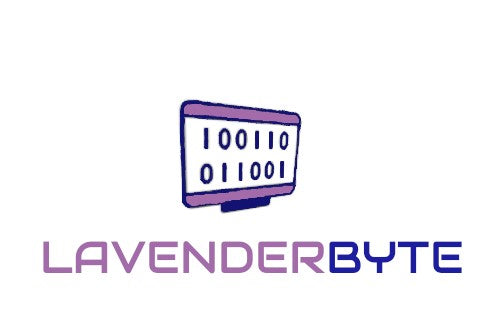Computational Thinking
What is Computational Thinking?
- A method of problem-solving that involves breaking down complex problems into manageable parts.
- It is a fundamental skill in computer science and is applicable to many other fields.
Components:
Problem-Solving Methods
Example:
|
Abstraction
Example:
|
Decomposition
Example:
|
Benefits of Computational Thinking:
- Efficiency: Helps in developing efficient solutions to complex problems by breaking them down and simplifying.
- Reusability: Promotes the use of reusable components and solutions through abstraction.
- Manageability: Makes large problems more manageable and easier to understand by decomposing them into smaller parts.
By understanding and applying computational thinking, students can enhance their problem-solving skills, develop efficient solutions and manage complex tasks more effectively.
